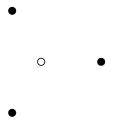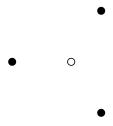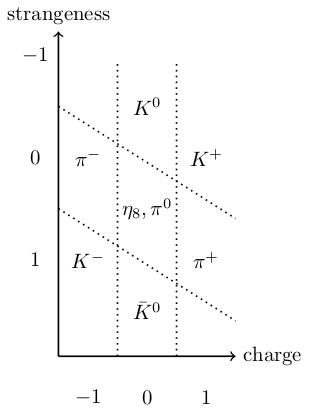Given a representation
, the
-
The dual vector space is the space of linear maps from to . Equivalently, if we think of as a space of column vectors by picking a basis of then we can think of as the space of row vectors: given an element , we get a row vector as follows. Pick a basis of so that elements can be written as column vectors . Then for some coefficients . Define (so ).
Conversely, if you have a row vector then we get the linear map , defined by .
-
The dual representation is defined as follows. For each , define to be the map which sends a row vector to . In other words,
The messing with underlines is just to distinguish between applying a linear map and multiplying a matrix, because we want to multiply on the right.


